Lesson 1: Many highland villages have no electricity.
In practice, wherever there is national grid electricity, the material and spiritual life of the people is significantly improved. However, in many villages and hamlets in the highlands of the province, there are still many households that do not have access to the national grid, even in villages that have no access to the grid. Bringing the national grid to highlands, remote areas, and ethnic minority areas is one of the top and urgent tasks of local authorities.

About the "white" version of the grid
Cay So is one of the most remote and poorest villages in Nam Vi commune, Muong Nhe district with 41 households and 246 people; 100% are poor and near-poor households. Most households here only rely on light from oil lamps and flashlights. Only a few households with better conditions contribute money to buy mini generators that run on water power. We went to the house of Mr. Vang A Lu, head of Cay So village. The house was very dark, the light bulb running on mini water power generators emitted a dim light that made it impossible to see people's faces. In the corner of the house, a standing fan was covered with dust, left in the corner for a long time because the electricity and water were too weak to use. Mr. Vang A Lu shared: Every time I announced and organized a meeting with the people, it was very difficult and time-consuming because Cay So not only had no electricity but also no phone signal. When I had to deploy and carry out the work, I had to go to each house and meet each person to deliver the news. There is no electricity to use loudspeakers, so even though the village cultural house was built a long time ago, every meeting has to be "bare-handed" until the voice is hoarse.
Near the village chief Lu's house is the dilapidated wooden house of Mr. Lu A To. For more than half of his life, Mr. To has never lived in the light of electricity. Being one of the poorest households in the village, life was lacking in every way, so his daughter - Lu Thi Di dropped out of kindergarten... As the days passed, Di never left the village but only stayed in the dark house. In the highlands, it often gets dark early and there is no electricity, most of the activities of the people must be done during the day to rely on natural light. The lives of the people here face many difficulties, slow development, high poverty rate, one of the reasons is the lack of electricity.
Night falls on Cay So, the space is quiet and still. Darkness covers the mountains and forests. Village chief Lu confided: We hope to soon have an electricity grid invested in the village. In many meetings, especially meetings with voters and People's Council delegates at all levels, Cay So villagers have requested that the village soon have national grid electricity, but so far it has not been able to become a reality.
Not only in Cay So village, currently in Muong Nhe district there are 12/115 villages without national grid electricity. Specifically: 4 villages (Huoi Lu 1, Huoi Lu 2, Huoi Lu 3, Tang Phon) with 128 households of Pa My commune; Cha Noi 2 village with 48 households of Quang Lam commune; Pa Tet village with 75 households of Huoi Lech commune; 5 villages (Ta Khoa Pa, Long San, Ta Lo San, Pa Ma, Lo San Chai) with 99 households in Sen Thuong commune. In particular, the district still has 855 households in extremely difficult areas without national grid electricity.
Long-term difficulties
According to statistics from the Department of Industry and Trade, currently the whole province has 10,481 households in 245 villages (accounting for more than 7.5% of the total number of households in the province) without electricity, of which 129 villages have no electricity grid. The common point of these villages is that most of them are in remote mountainous areas, the population is not concentrated, so implementing electricity projects faces many difficulties, especially large investment costs. For example, for the project to supply electricity to 15 villages, with more than 600 households in the communes: Sin Thau, Chung Chai, Muong Nhe, Muong Toong and Pa My (Muong Nhe district), to transport electric poles, equipment, workers are forced to open new roads. In addition, materials such as sand, gravel, cement must be divided into small pieces, transported many times by motorbike from the center of the commune, village to the construction site; even carried on foot through the fields. Or the household electricity line in the villages: Nam Ma, Ao Ca, Muong Ten, Tong So (Pu Hong commune, Dien Bien Dong district) supplying electricity to 170 households is in the urgent stage of completion (reaching 50% of the project volume), but due to many days of rain, floods and landslides at the construction sites, the progress has been greatly affected.
Bringing electricity to rural areas, especially the Rural Electricity Supply Project from the provincial national grid, is identified by all levels and functional sectors as an urgent task. However, according to information from the Department of Industry and Trade, the capital allocated for the Rural Electricity Supply Project from the provincial national grid for the period 2021 - 2025 is very little. In addition, the Prime Minister has not yet approved the Target Program for rural, mountainous and island electricity supply for the period 2021 - 2025.
Mr. Vu Hong Son, Director of the Department of Industry and Trade, said: To complete the targets of power supply programs and projects and the Resolution of the Provincial Party Congress for the 2020-2025 term, striving to have over 98% of households in the province using the national grid by the end of 2025 is a difficult and long-term task. Because in the process of implementing the project, not only capital but also difficulties in site clearance are encountered. In particular, some medium-voltage lines have pole bases and line corridors passing through natural forest areas, so it is necessary to carry out procedures to convert forest use purposes. This procedure is complicated and lengthy because it requires approval from competent authorities and the Prime Minister, which has greatly affected the progress of project implementation and settlement.
Lesson 2: Flexible solutions to bring grid power to highland areas
Source




![[Photo] Students of Binh Minh Primary School enjoy the full moon festival, receiving the joys of childhood](https://vphoto.vietnam.vn/thumb/1200x675/vietnam/resource/IMAGE/2025/10/3/8cf8abef22fe4471be400a818912cb85)

![[Photo] Prime Minister Pham Minh Chinh chairs meeting to deploy overcoming consequences of storm No. 10](https://vphoto.vietnam.vn/thumb/1200x675/vietnam/resource/IMAGE/2025/10/3/544f420dcc844463898fcbef46247d16)


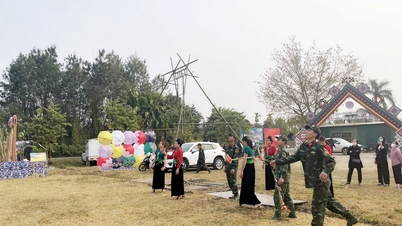





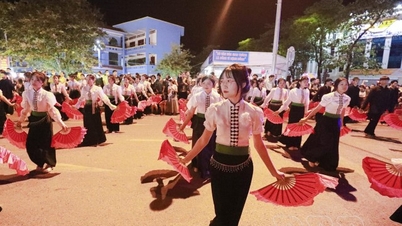


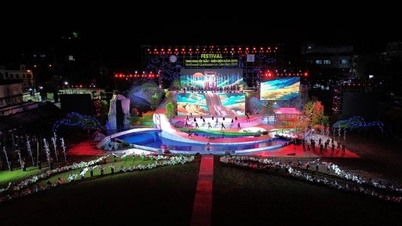










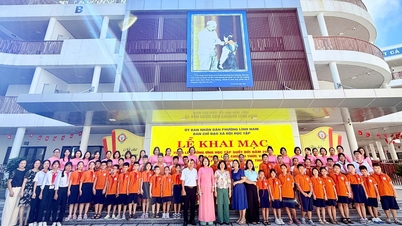












































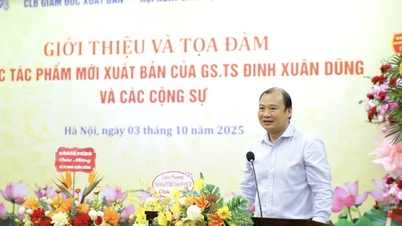








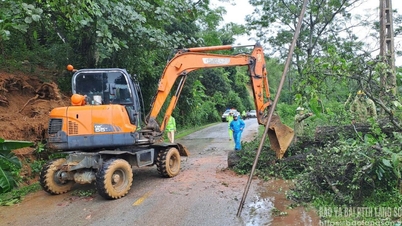



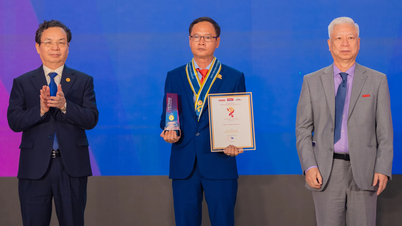

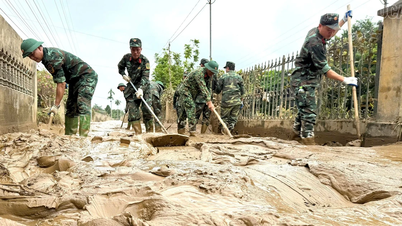
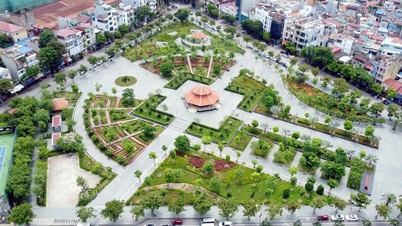













Comment (0)